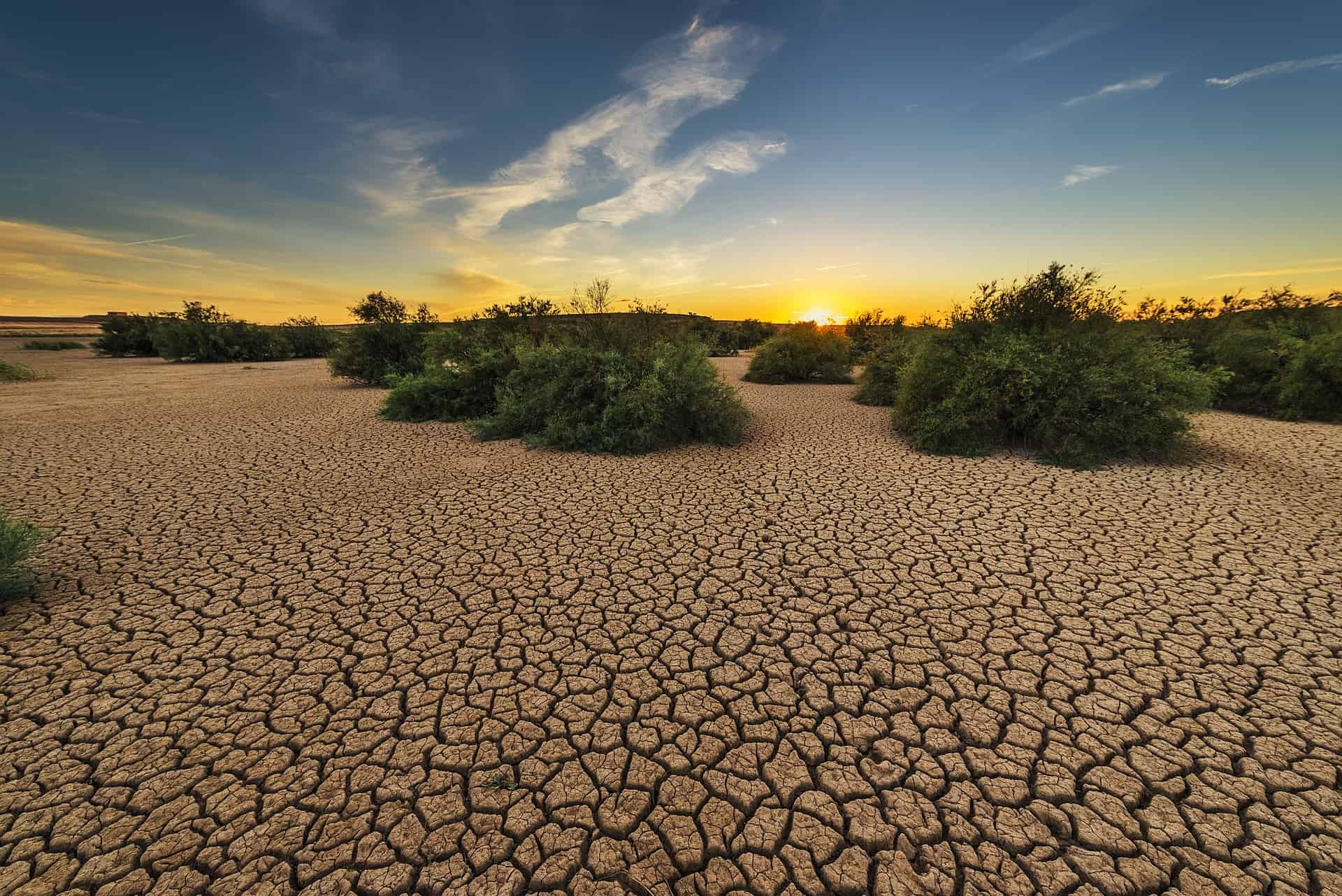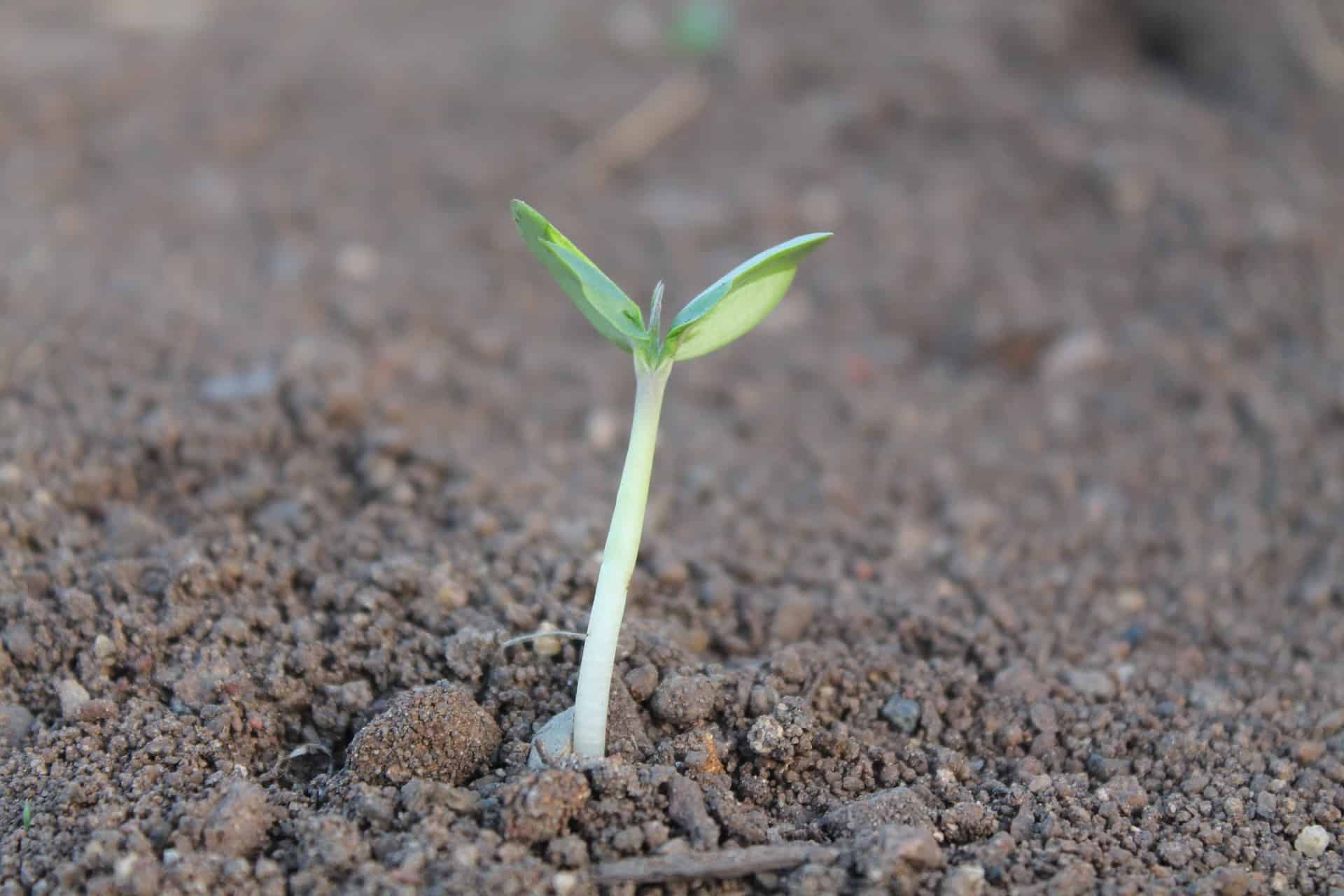
Forests and woodlands do not sequester carbon as reliably as previously assumed, say reasearchers from the Ludwig-Maximilians-Universität München (LMU) in a press release. They have developed a new method that makes it possible to assess the direct effects of human land use on the carbon cycle from Earth observation data.
Vegetation and soils are the main carbon sinks on land, as they currently absorb almost a third of carbon dioxide emissions caused by humans and thereby substantially help to slow down global warming. Alongside energy production and industry, land use contributes substantially to global anthropogenic CO2 emissions. However, forests and woodlands do not sequester carbon as reliably as previously assumed: Their function as a carbon sink is subject to large annual fluctuations and they are susceptible to various environmental influences even without direct human activity. This was revealed by the results of a new modeling approach developed by a team under LMU geographer Prof. Julia Pongratz.

Human and environmental influences distinguished
According to these results, not only direct human activities such as deforestation or re-/afforestation determine the effectiveness of the forest as a carbon sink. Natural environmental factors such as forest fires and extreme weather events, and indirect anthropogenic influences such as increasing atmospheric CO2 concentration additionally influence the amount of carbon that can be sequestered by trees and other woody vegetation.
To better understand these dynamics, Selma Bultan, a member of Pongratz’s team and lead author of the study, has developed a methodology that enables scientists to distinguish the direct effects of human land use on global CO2 fluxes from those of natural environmental factors on the basis of satellite and other Earth observation data. “We integrate Earth observation data into a model that simulates CO2 fluxes from land use. Colleagues from NASA provided us with new global vegetation data covering the last twenty years,” explains Selma Bultan. The development of this new modeling approach was possible thanks to the extensive spatial and temporal coverage of the data.
Climate change
“Our study tackles the challenge of separating direct human influences through land use from indirect side effects and natural processes,” explains Pongratz. “This differentiation is important, because isolating the direct anthropogenic effects shows the true progress achieved by climate protection measures. The environmental effects, by contrast, indicate how reliably the biosphere on land absorbs and stores CO2 from the atmosphere.
The study also addresses the question of how climate change affects the ability of vegetation to store carbon. “Our results show that the CO2 sink in forests and woodlands is subject to stronger annual fluctuations and responds more sensitively to extreme events like droughts than previously assumed”, continues Bultan. “Thanks to these findings, we can better estimate the potential contribution of land use to climate protection – for instance, through the use of technologies to actively remove CO2 from the atmosphere.”
Researchers can now draw on an extensive database of remote sensing images from satellites for integration into process-based models to foster our understanding of the global carbon cycle and to monitor how climate change evolves and how successful climate protection measures to mitigate it are.

Selected for you!
Innovation Origins is the European platform for innovation news. In addition to the many reports from our own editors in 15 European countries, we select the most important press releases from reliable sources. This way you can stay up to date on what is happening in the world of innovation. Are you or do you know an organization that should not be missing from our list of selected sources? Then report to our editorial team.






